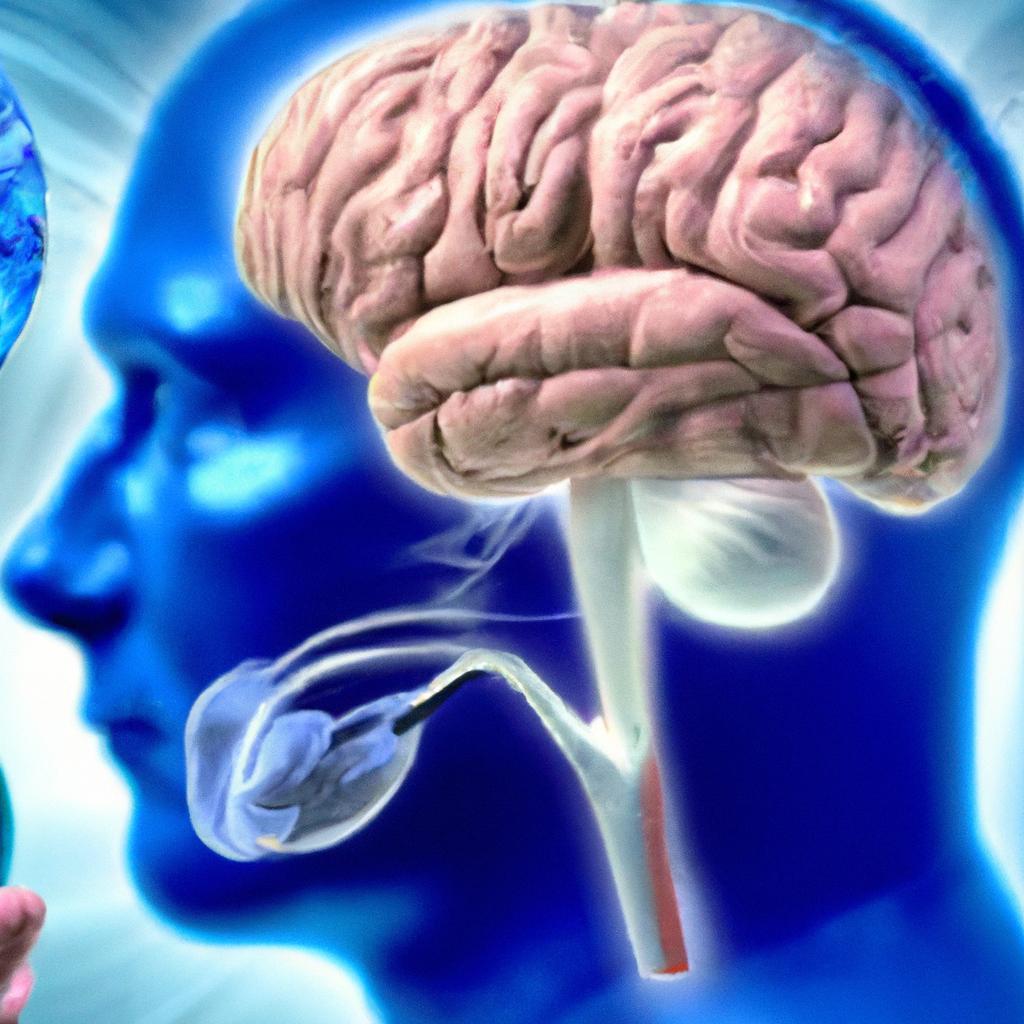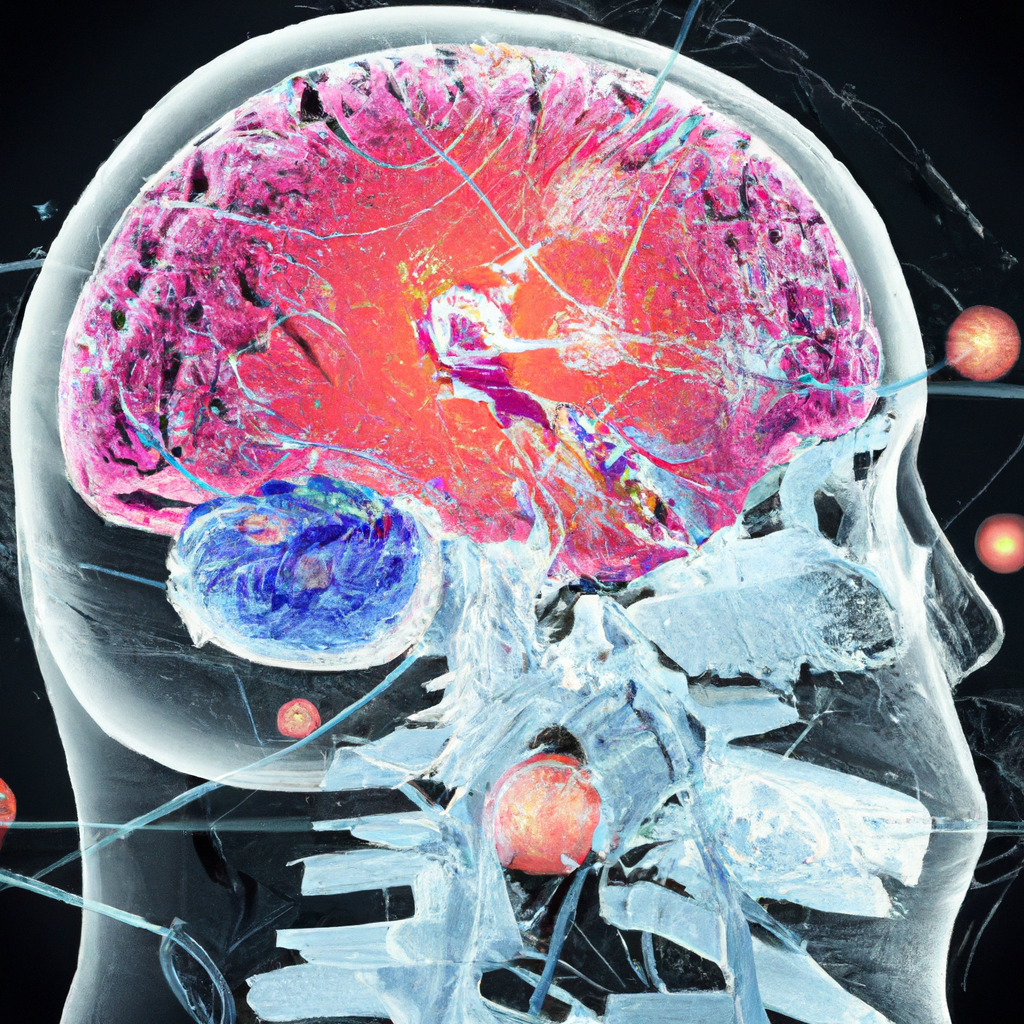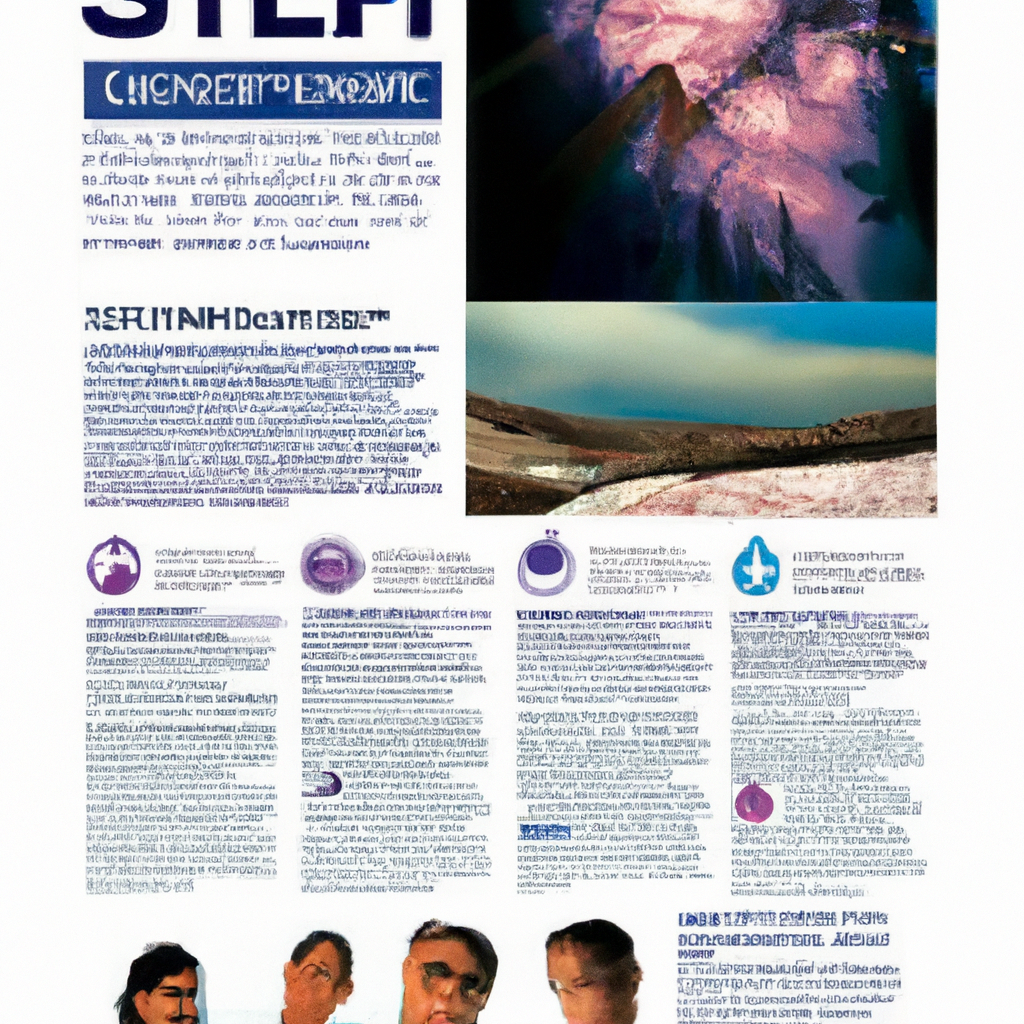Have you ever wondered about the role of stem cells in the treatment of stroke patients in Malaysia? In this article, we will explore the fascinating world of stem cell research and its potential for revolutionizing stroke treatment. Discover how these remarkable cells hold the key to repairing damaged brain tissue and restoring lost functionality. Join us as we delve into the cutting-edge advancements and promising outcomes in the field, painting a vivid picture of hope for stroke patients in Malaysia.

Understanding Stroke
Definition of Stroke
A stroke occurs when the blood supply to a part of the brain is interrupted or reduced, leading to the death of brain cells. It is a medical emergency that can cause severe disability or even death if not treated promptly. Strokes can be classified into two main types: ischemic stroke and hemorrhagic stroke.
Types of Stroke
-
Ischemic Stroke: This is the most common type of stroke, accounting for about 80% of all cases. It occurs when a blood clot blocks a blood vessel in the brain, preventing blood flow to that area.
-
Hemorrhagic Stroke: This type of stroke happens when a blood vessel bursts, causing bleeding in the brain. It can occur due to high blood pressure, trauma, or abnormalities in the blood vessels.
Prevalence of Stroke in Malaysia
Stroke is a major health concern in Malaysia, with an estimated 52,000 cases reported annually. It is the third leading cause of death in the country, and the leading cause of adult disability. The prevalence of stroke in Malaysia is influenced by various factors such as an aging population, unhealthy lifestyles, and the high prevalence of risk factors like hypertension and diabetes.
Stem Cells: A Revolutionary Approach in Stroke Treatment
Introduction to Stem Cells
Stem cells are undifferentiated cells that have the ability to differentiate into various specialized cell types in the body. They are unique in their ability to self-renew and replace damaged or dead cells. Stem cell therapy holds great promise in the field of regenerative medicine, including stroke treatment.
Types of Stem Cells
-
Embryonic Stem Cells: These stem cells are derived from embryos and have the potential to differentiate into any cell type in the body. However, their use in research and therapy is controversial due to ethical concerns.
-
Adult Stem Cells: These stem cells are found in various tissues of the body, such as the bone marrow, adipose tissue, and umbilical cord blood. They are more limited in their ability to differentiate into specific cell types but still have the potential for tissue repair and regeneration.
-
Induced Pluripotent Stem Cells (iPSCs): These stem cells are generated by reprogramming adult cells, such as skin cells, to become pluripotent. They share similar characteristics with embryonic stem cells but do not raise the same ethical concerns.
Mechanism of Action
Stem cells can promote tissue repair and functional recovery in stroke patients through various mechanisms. These include:
-
Neuroprotection: Stem cells can protect existing brain cells from further damage by releasing factors that reduce inflammation and oxidative stress.
-
Neurogenesis: Stem cells have the ability to differentiate into new neurons, which can replace the damaged ones and restore brain function.
-
Angiogenesis: Stem cells can stimulate the growth of new blood vessels in the brain, improving blood flow and oxygen supply to the affected area.

Clinical Studies on Stem Cell Therapy for Stroke in Malaysia
Overview of Clinical Studies
Several clinical studies have been conducted in Malaysia to evaluate the safety and efficacy of stem cell therapy for stroke. These studies have involved both local and international collaboration and have included patients with different types and severity of strokes.
Results and Findings
Preliminary results from these clinical studies have shown promising outcomes. Patients who received stem cell therapy experienced improvements in neurological function, reduced disability, and enhanced quality of life. These findings have generated optimism and enthusiasm within the medical community and have laid the foundation for further research and development.
Challenges and Limitations
Despite the positive results, there are several challenges and limitations to be addressed in stem cell therapy for stroke. These include the need for standardized protocols and guidelines, issues related to cell sourcing and preparation, and the long-term effects and safety of stem cell treatments. Additionally, the high cost of stem cell therapy and the limited accessibility to treatment centers pose barriers to widespread implementation.
Government Regulations and Ethical Considerations
Regulatory Framework in Malaysia
In Malaysia, the Ministry of Health is responsible for regulating stem cell therapies. The Medical Device Authority (MDA) oversees the registration and quality control of stem cell products, ensuring their safety and efficacy. Stem cell therapies are considered medical procedures and require appropriate certification and approval.
Certification and Approval Process
Stem cell therapies undergo a rigorous evaluation process before they can be approved for clinical use. This process involves preclinical studies, including animal models, to assess safety and efficacy. Subsequently, clinical trials are conducted to determine the optimal dosage, route of administration, and long-term outcomes.
Ethical Guidelines for Stem Cell Research
Stem cell research in Malaysia is guided by ethical considerations outlined by the National Stem Cell Ethics Committee. These guidelines ensure that research involving human subjects is conducted ethically, with the consent and welfare of patients being of paramount importance. The committee also prohibits the use of certain stem cell sources, such as embryonic stem cells.

Benefits and Potential of Stem Cell Therapy in Stroke Treatment
Improved Neurological Function
Stem cell therapy has the potential to improve neurological function in stroke patients. Studies have shown that stem cells can promote neuronal regeneration, enhance synaptic connections, and restore neural network integrity. This can lead to improvements in motor function, speech, cognition, and overall quality of life.
Reduced Disability and Mortality
Early administration of stem cell therapy has been associated with a reduction in disability and mortality rates in stroke patients. By promoting tissue repair and regenerative processes, stem cells can limit the extent of brain damage and prevent secondary complications. This can significantly improve patient outcomes and reduce the burden on healthcare systems.
Regeneration of Damaged Brain Tissue
One of the most promising aspects of stem cell therapy is its ability to regenerate damaged brain tissue. Stem cells can differentiate into various cell types, including neurons, astrocytes, and oligodendrocytes, which are crucial for the proper functioning of the brain. By replacing or repairing damaged cells, stem cell therapy can restore normal brain tissue architecture and function.
Integration of Stem Cell Therapy into Standard Treatment Protocols
Current Practices in Malaysia
Stem cell therapy is currently not widely incorporated into standard treatment protocols for stroke in Malaysia. However, there is growing interest and recognition of its potential benefits among healthcare professionals. Some hospitals and research institutions have initiated research programs and are exploring the feasibility of integrating stem cell therapy into routine stroke management.
Collaboration between Stem Cell Researchers and Neurologists
Collaboration between stem cell researchers and neurologists is crucial for the successful integration of stem cell therapy into standard treatment protocols. By working together, researchers can provide valuable insights into the mechanisms of action and optimal delivery methods, while neurologists can contribute their clinical expertise and patient management strategies.
Future Prospects and Challenges
The integration of stem cell therapy into standard treatment protocols for stroke in Malaysia faces several challenges. These include the need for large-scale clinical trials to establish safety and efficacy, overcoming logistical barriers, ensuring cost-effectiveness, and addressing ethical concerns. However, with continued research and collaboration, these challenges can be overcome, and stem cell therapy can become a mainstream treatment option.

Patient Perspectives and Experiences
Testimonials from Stroke Survivors
Stroke survivors who have undergone stem cell therapy have shared their positive experiences and outcomes. Many have reported improvements in motor function, speech, cognition, and overall quality of life. These testimonials serve as a source of hope and encouragement for other stroke patients, highlighting the potential benefits of stem cell therapy.
Impact on Quality of Life
The impact of stem cell therapy on the quality of life of stroke patients is significant. By improving neurological function and reducing disability, Stem cell therapy can enhance independence, increase mobility, and enable patients to actively participate in daily activities and social interactions. This can lead to improved mental health, self-esteem, and overall well-being.
Barriers to Accessing Stem Cell Therapy
Despite the potential benefits, there are several barriers to accessing stem cell therapy for stroke patients in Malaysia. These include the limited availability of specialized treatment centers, the high cost of therapy, and the lack of insurance coverage. Addressing these barriers and making stem cell therapy more affordable and accessible is crucial to ensure equal treatment opportunities for all stroke patients.
Cost and Availability of Stem Cell Treatment in Malaysia
Affordability and Accessibility
The cost of stem cell treatment in Malaysia can vary depending on the type of stem cell used, the treatment protocol, and the healthcare facility. Currently, stem cell therapy may not be affordable for all stroke patients, and access to treatment centers offering this therapy is limited. However, as research and technology progress, it is expected that the costs will decrease, making stem cell therapy more accessible to a wider population.
Insurance Coverage
Insurance coverage for stem cell therapy in Malaysia is limited, with most insurance policies not including coverage for experimental or alternative treatments. This lack of coverage poses a financial burden on patients and limits their access to this innovative therapy. Advocacy for insurance coverage and policy changes are necessary to ensure equal opportunities for all stroke patients.
Medical Tourism
Medical tourism has emerged as an option for stroke patients seeking stem cell therapy abroad. Countries such as Thailand, Singapore, and China offer advanced stem cell treatments and have established centers of excellence. However, medical tourism comes with additional costs, challenges, and risks, including language barriers, potential complications, and the need for post-treatment follow-up.

Current Research and Innovations in Stem Cell Therapy for Stroke
Emerging Therapeutic Approaches
Researchers in Malaysia are actively exploring emerging therapeutic approaches in stem cell therapy for stroke. These include the use of exosomes, cell-derived vesicles that play a crucial role in intercellular communication, and genetic engineering techniques to enhance the therapeutic potential of stem cells. These innovative approaches hold promise for further improving the outcomes of stem cell therapy in stroke patients.
Focus on Personalized Medicine
Advancements in stem cell research have paved the way for personalized medicine approaches in stroke treatment. By studying individual patient characteristics and genetic profiles, researchers can tailor stem cell therapies to target specific pathological mechanisms and optimize treatment outcomes. This personalized approach has the potential to revolutionize stroke treatment and improve patient outcomes.
Potential Collaborations and Partnerships
Collaborations and partnerships between research institutions, healthcare providers, and pharmaceutical companies are essential for advancing stem cell therapy for stroke. By leveraging expertise, resources, and funding, these collaborations can accelerate research, facilitate clinical trials, and promote the translation of stem cell therapy from the laboratory to the clinic.
Conclusion: The Future of Stem Cell Therapy for Stroke in Malaysia
Advancements and Opportunities
Stem cell therapy holds tremendous potential for revolutionizing stroke treatment in Malaysia. The advancements in stem cell research, coupled with ongoing clinical studies, provide hope for improved outcomes and enhanced quality of life for stroke patients. The ability of stem cells to regenerate damaged brain tissue and restore neurological function offers new avenues for therapeutic intervention.
Importance of Continued Research and Development
Continued research and development are critical for realizing the full potential of stem cell therapy in stroke treatment. Robust clinical trials, long-term follow-up studies, and multidisciplinary collaborations are essential for gathering more evidence, addressing safety concerns, and refining treatment protocols. With each new discovery, the understanding of stem cell therapy for stroke will deepen, leading to more effective and targeted treatments.
Improving Patient Outcomes
Ultimately, the goal of stem cell therapy in stroke treatment is to improve patient outcomes and enhance their quality of life. By integrating stem cell therapy into standard treatment protocols, optimizing accessibility and affordability, and addressing regulatory and ethical considerations, Malaysia can lead the way in providing innovative and effective stroke treatments that benefit all patients.




